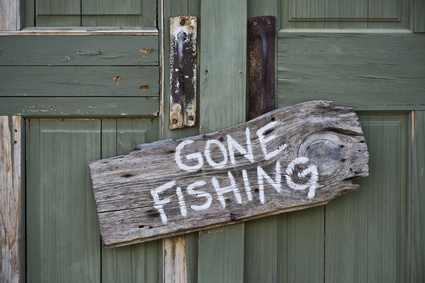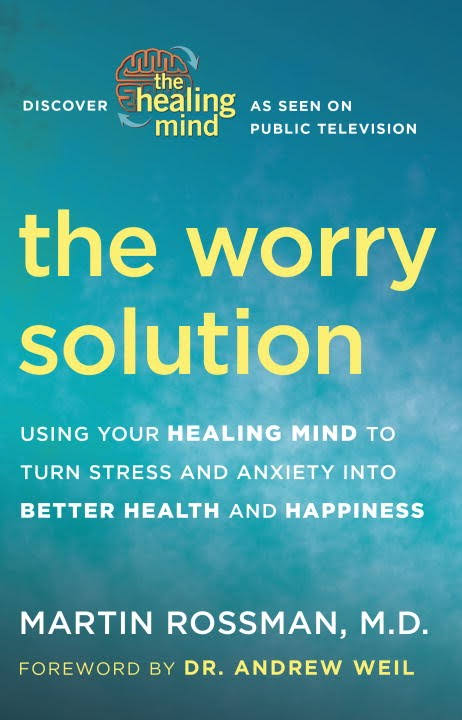I had it all figured out—the scheduling, the getting things done. I was determined to master my time.
First I listed what tasks I needed to complete. Then I scheduled them into a calendar program, printed out the schedule, and hung it up. Every day as I completed the tasks, I marked a bright pink “X” through the day with my fancy marker.
I had it all figured out.
For about a week.
The second week, the fancy pink marker sat in the ceramic pencil jar on my desk.
The third week, I crumpled the schedule and replaced it with a To-Do list. Every day, as I completed a task I crossed it off the list. I was making progress.
For about two weeks.
The third week, I had so many undone tasks on my To-Do list it drove me squirrelly. I knew I needed to complete them all by Sunday night so I could put up a new list, but I cheated, transferring the undone tasks to the new To-Do list and hung it up. I had it all figured out.
Ah, who was I kidding? The new list didn’t propel me to get things done, any better than the old list, any better than the calendar. So I tried a pink post-it, jotting down the things I needed to do the next day. I scheduled them to the minute.
From 8:00 – 8:30 I’ll do X.
From 8:30 to 9:00 I’ll do Y.
From 9:00 to 10:00 I’ll do Z.
Problem is, I didn’t wake up until 9:00. I was already an hour behind schedule. Did that make me leap out of bed? No. I lay there, my face smushed into the pillow, reconfiguring the timeline. And I was so tense! I felt awful.
So I crumpled the pink post-it.
I meditated. I felt the need to reconnect to myself, to get a handle on why I felt so overwhelmed. But I was too tense to get a good read on myself, so I pulled down a copy of Full Catastrophe Living and read a chapter about the tyranny of time. Jon Kabat-Zinn says that if you schedule all your time, you won’t have any left.
D-uh!
That’s why I felt like I didn’t have enough time. I had scheduled it down to the minute!
Wouldn’t it be wonderful, I thought, to live according to my inner time clock? Set everything aside for two weeks (except work, of course, because a gal’s gotta eat, right?) and just be in the moment, living each moment to its fullest, which I know from experience makes time seem to expand. Wouldn’t it be nice, when it gets dark, to sit around the candlelight and then go to bed, and wake up with the sun, like our ancestors did before the internet and smartphones and television and the electric light?
It seems to me, at first I’d get antsy, thinking about what I should be doing. I’d get anxious, withdrawing from the technology “high.” Then I’d get bored. And then, quite possibly, I’d start noticing what’s important to me, what I want to invest my time and energy in, and what’s in the way of my taking action. All that busywork, I suspected, might be my way of avoiding something else. Something big. Something my heart is craving.
So I’m doing the two-week experiment. That means no blogging. No Twitter. No GoodReads. No website-browsing. No rewriting, no copywriting, no webinars. Just work, walks in nature, and downtime.
To escape the tyranny of time, sometimes we need to take time out. Just unplug, and reconnect to our inner clocks.
I invite you to join me. For a day. Half a day. A space of time. Allow yourself to set aside all but the essentials, and breathe. Listen to your inner stirrings. Whatever needs to get done, will. Later. Or you might discover, in the big scheme of things called life, some of those tasks weren’t all that important after all.


